Gastronomy Slovenia
Gastronomy and culinary tourism offer a delicious way to explore culture, tradition, and local flavors. Discover unforgettable food experiences through wine tastings, cooking classes, street food tours, and gourmet dining.
Our platform allows you to easily book gastronomic experiences online, with verified hosts and real-time availability. Whether you're looking for authentic cooking workshops or luxury food and wine pairings, you'll find something to satisfy your taste.
Gastronomic tourism brings travelers closer to the heart of a destination — its food heritage. Enjoy farm-to-table meals, visit traditional markets, or take part in chef-led tours that reveal culinary secrets passed down through generations.
Compare reviews, check availability, and reserve your spot for the next food and wine experience. Indulge in your passion for food and turn every bite into a cultural adventure!
Discover the best selection of hotels, apartments, and villas with pools in Slovenia – perfect for your next getaway. Explore top-rated accommodation options, from holiday homes to campsites and mobile homes, all in one place!
Looking for a destination that combines stunning nature, rich culture, and exciting activities? Slovenia is the hidden gem of Central Europe, offering a perfect mix of comfort, adventure, and relaxation. Whether you're planning a romantic escape or a family vacation, you'll find a wide range of hotels, cozy apartments, traditional holiday homes, and luxurious villas with pools that meet every travel style and budget.
For nature lovers and outdoor enthusiasts, Slovenia is paradise. From hiking in Triglav National Park to kayaking on Lake Bled, the list of things to do is endless. Families will love the scenic tourist resorts near lakes and mountains, while couples can enjoy peaceful retreats in countryside holiday houses...
Tourist offers Slovenia
Gastronomy Slovenia
Health Tourism Slovenia
Active Tourism Slovenia
Culture Tourism Slovenia
Nightlife Slovenia
Transfers Slovenia
Events and entertainment Slovenia
Excursions Slovenia
Hotels in Slovenia
Private accommodations in Slovenia
Tourist resorts in Slovenia
Holiday houses in Slovenia
Villas with Pool in Slovenia
Camps, mobile homes in Slovenia
Boat rental in Slovenia
Farm holidays in Slovenia
Hostel in Slovenia
Gastronomy Slovenia Offer
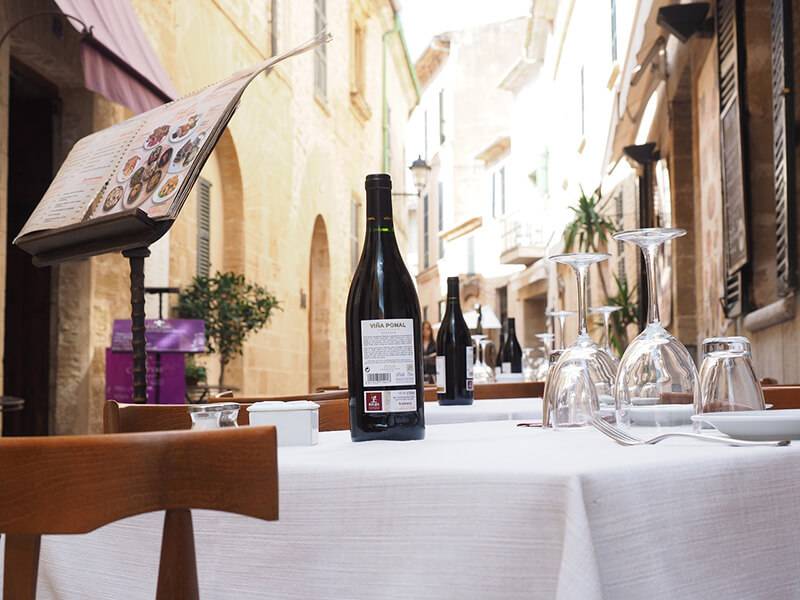
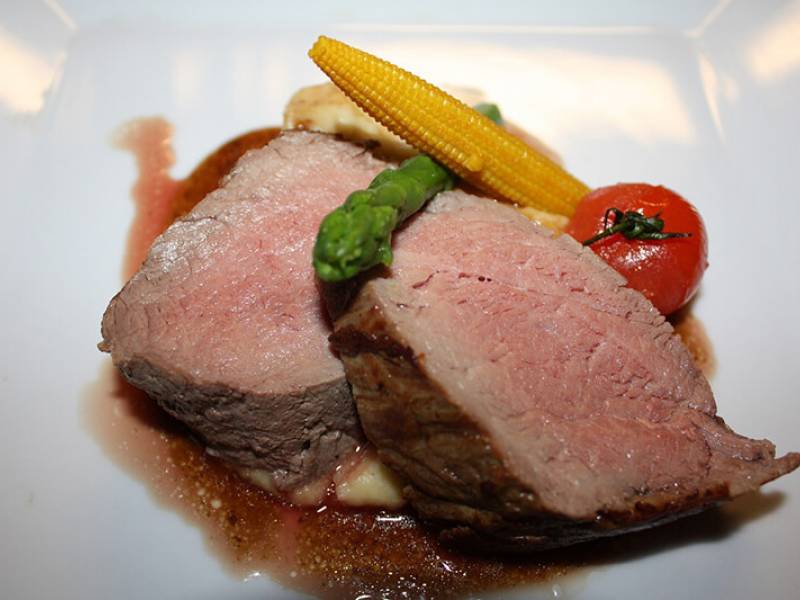

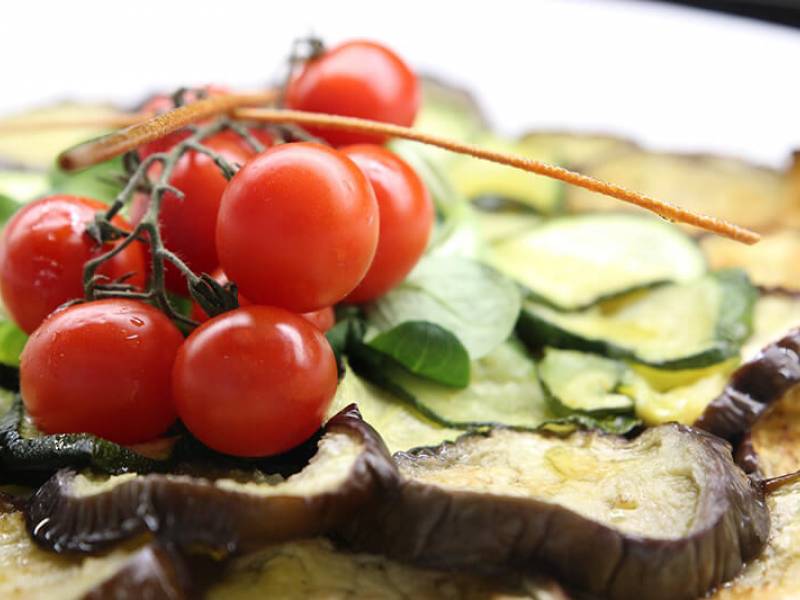
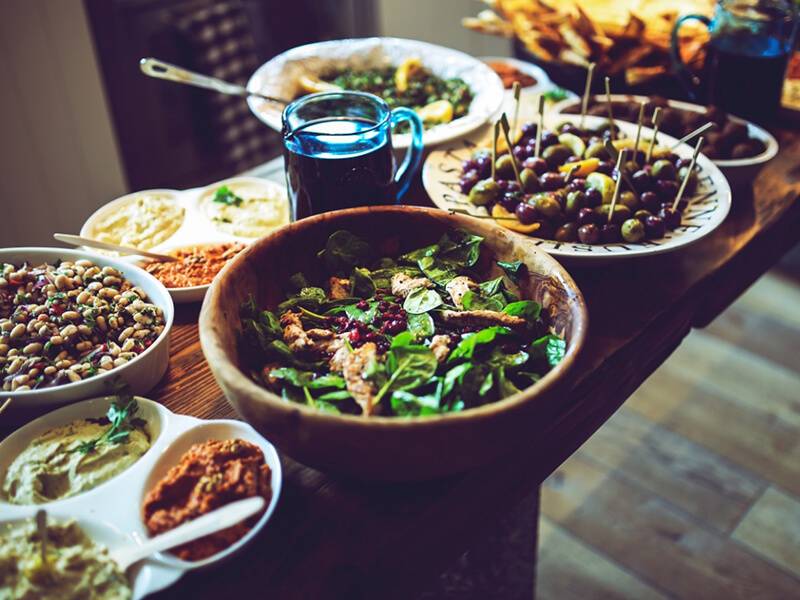
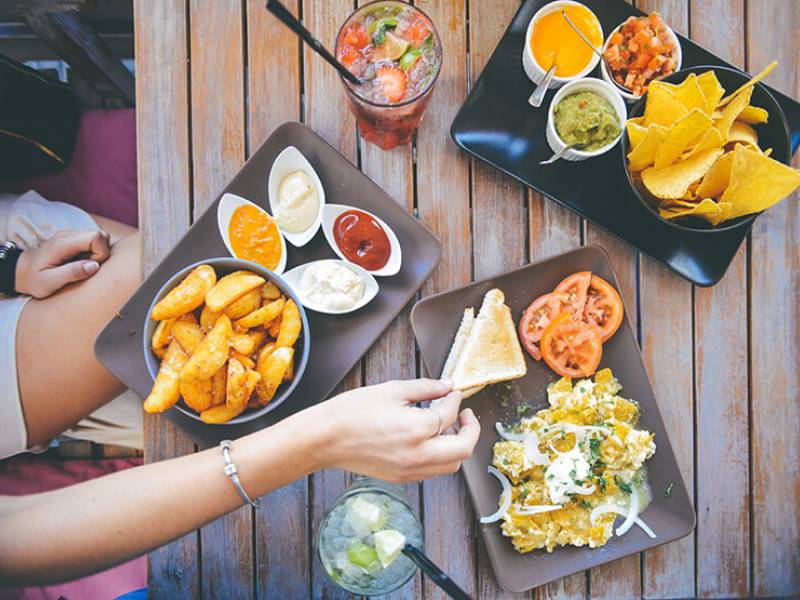

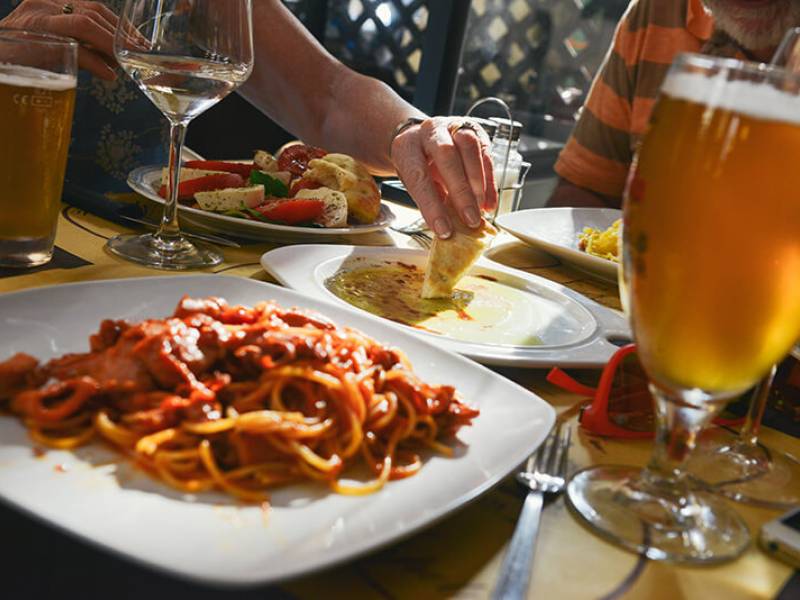
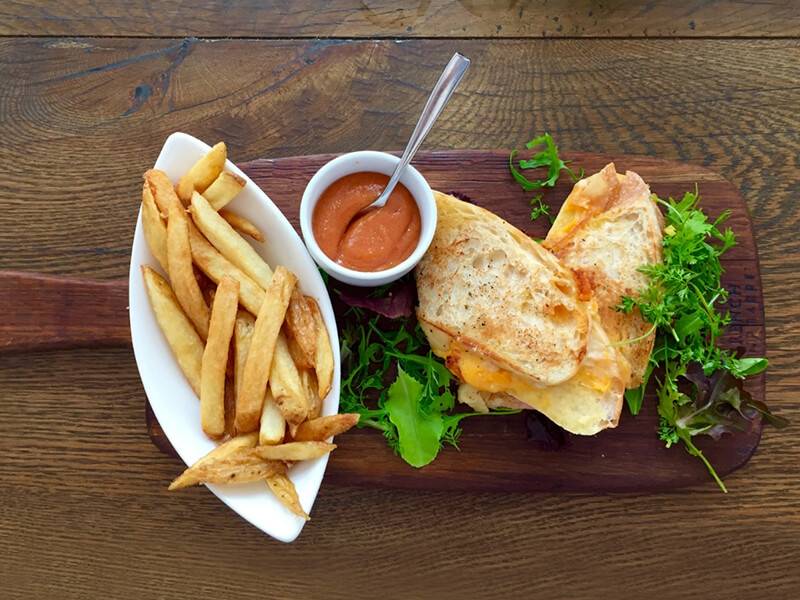
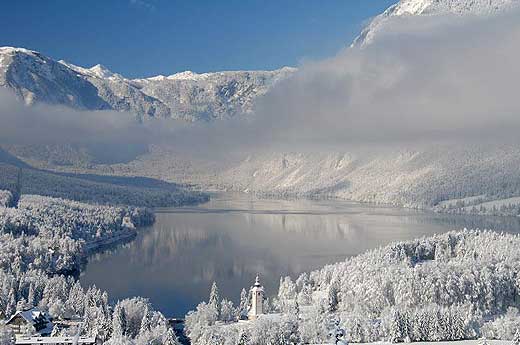























 Professional serivce
Professional serivce Quality tourist service
Quality tourist service 14 years in business
14 years in business A large number of satisfied guests
A large number of satisfied guests